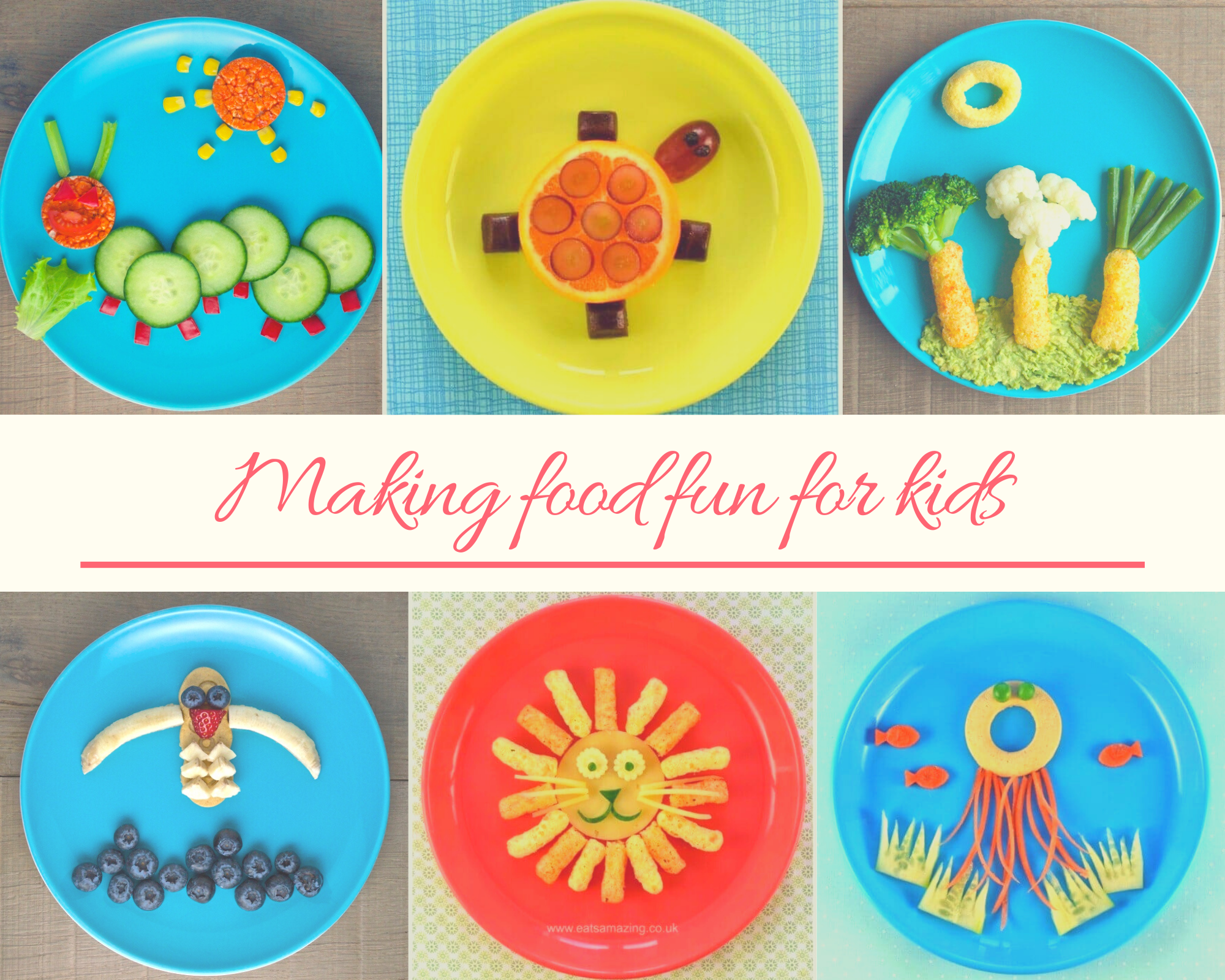How to take care of picky eaters
Many parents are often worried because their kids do not eat, become picky eaters, or eat erratically. For example, they only eat a small amount of food, or they love a certain kind of food today, but refuse it the next day. The fact is that behaving this way and reducing their need for food and are common and completely normal for children at the preschool age, especially from 1 to 5 years old, because they tend to show their independence through such ways.
1. Understand why children tend to be picky eaters
There are several possible explanations for a child’s disordered eating behavior. This normally happens when the child is a toddler (1 – 3 years old), because:
Toddlers’ appetites change constantly because they enter a growth spurt;
- Toddlers are not growing as fast as babies, so they need less food;
- They are very interested in the world around them, so they have short attention spans for food.
- They want to push boundaries and show how independent they can be. For instance, they begin to develop food likes or dislikes; they want to choose their favorite food, refuse certain kinds of food, etc.
2. Basic rules and tips for taking care of picky eaters
If your child seems to be fussy about food, but they are generally healthy, growing well, and having enough energy to play, learn and explore, then they are probably eating enough. However, such erratic eating habits certainly cause you a lot of concerns. The four rules and tips below are suggestions for you to support your children during this period while encouraging them to eat healthy and nutritious food.
a) You decide what to eat, but let your child decide how much to eat
“It’s the parents’ job to supply kids with an array of nutritional foods, but it is the child’s job to decide when and how much to eat,” said Dr. Leann L. Birch, an American developmental psychologist, after doing a lot of research on children’s eating behavior.
Every human being is born with an innate internal signaling system in the brain that tell us how much we need to eat, and children are actually very good at judging how much food they need. Therefore, forcing children to clear their plates when they are uncomfortable is like “overwriting” their natural signals and inhibiting their self-regulation ability, which may lead to some eating problems, such as difficulty swallowing or obesity, in the long run. Therefore, parents need to trust their children first. The children’s brain will ensure that they get enough calories needed for their body.
You should provide healthy food options for your child, and let the child decide how much food to eat, or not to eat. Letting the child make their own decisions sounds too “liberal”, but if you do it well right from the beginning, your child will only choose to eat the most useful foods that parents prepare for them.
b) Make the dishes more interesting
- Toddlers especially love trying food arranged in creative, eye-catching ways. Dishes will look more attractive when they are arranged in fun and colorful shapes that children can easily recognize.
- For new kinds of food: combine new dishes with the ones that children already know and like. Be patient, because research shows that it can take 10-15 tries for children to accept and truly enjoy a new dish.
- Involve children in meal preparation: going to the market or supermarket, choosing fruits or vegetables, reading cookbooks and choosing the recipes they want to make… are all great ways to create excitement.
- Tiny chefs: some of the perfect cooking tasks for preschool children such as washing vegetables, picking vegetables, counting ingredients, turning food, etc. will also make them more excited and eager to try the food that they prepare with their parents.
c) Create a positive eating environment
- Meals need to happen regularly and happily with the participation of all family members. Parents are encouraged to eat with their children whenever possible.
- Be a role model for eating healthily and eating a variety of food. Parents, siblings, and other family members are all role models for children.
- Parents should show their enjoyment with the food they have made, which will also generate great excitement in children.
- For new kinds of food, let your child try them when you and the child are both feeling really comfortable, when the child is not too tired or distracted by other things. If your child refuses a kind of food, let him or her try it again in a week or so.
- Preschool children’s small stomachs need many meals a day, so you should store healthy food for snacks, like cheese, yogurt, nuts, biscuits, chopped fruit, soup, etc.
d) Some notes to make mealtime a complete joy
- Minimize media distractions such as the TV and smartphones at mealtimes. Cleaning up toys before eating also plays an important role in helping children focus on listening to the signals from the stomach and the brain.
- Avoid scolding or punishing your child when he/she refuses to try new food, which can turn trying new food into something negative and counterproductive.
- Avoid “bribing” your child with snacks as rewards for them for eating healthy foods. This can cause your child to find junk food more exciting and healthy food more unpleasant.
- Avoid forcing your child to eat as it can make mealtime stressful. The best way to accompany a picky eater is to teach them how to eat by themselves and give them positive encouragement. Let your child regulate his or her own speed of eating and believe that they are naturally doing the most suitable things for their bodies.
- Assess your child’s appetite in one or two weeks instead of one or two days. Maybe children eat less today, but they want to eat more tomorrow. Therefore, only if your child is anorexic for a long time, is eating too little food, often refuses food, or is making you concerned about their overall health, should you take him/her to a doctor or nutritionist for advice.
References: Aha! Parenting & Raising Children Network (Australia)








